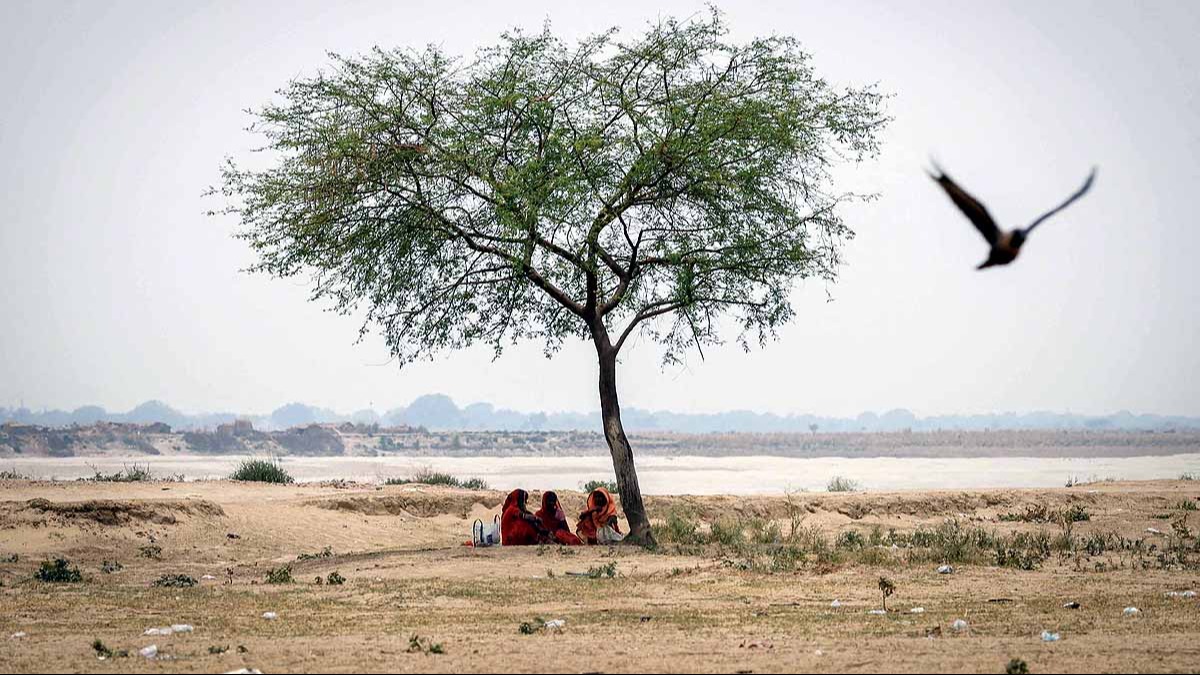El Niño may be weakening, but in the next three months, different parts of the world will face sweltering conditions. India will not be spared as this could also influence rain patterns. From March to May this year, there's a 60 percent likelihood of El Niño’s impact. Come April through June, it's expected to be normal.
By April to June, neither El Niño nor La Niña is anticipated. However, the influence of El Niño may still be noticeable. The WMO shares this forecast, noting that last year's El Niño ranked among the five most potent on record. Its peak intensity is now declining.

Source: aajtak
The WMO has hinted that La Niña could form towards year-end, though predictions are uncertain at present. On average, El Niño appears every two to seven years and can last from 9 to 12 months. It's a climatic pattern in the central and eastern Pacific Ocean, where sea surface temperatures rise above normal.
How will this change affect India?
Scientists suggest the current El Niño could dissipate by April 2024 near the equator in the Pacific, possibly followed by a brief La Niña in July. From September to November 2024, there's over a 70% chance of La Niña forming.
The average rainfall in India could see a positive impact. States like Uttar Pradesh, Jharkhand, and Bihar, however, may once again face a reduction in rainfall. Last year's La Niña, which lasted three years, concluded in March 2023, resulting in good monsoon rainfall. Rainfall persisted until October, along with occurrences of flash floods and landslides.
El Niño turned last year into one of the hottest
The weather and storm patterns in India could shift. Human activities are also changing the climate, affecting El Niño. You can gauge the increasing temperatures by the fact that since June 2023, there hasn't been a month without a new global temperature record. 2023 was the hottest year on record so far.
El Niño events may continue, raising sea surface temperatures worldwide. Even if it weakens, the warmth will persist. It developed last June and was at an extreme level between November and January, raising temperatures in equatorial regions by 2°C above average.
Weather-related disasters may increase
This year, the weather pattern could result in more extreme weather events. The next three months are expected to have higher maximum temperatures than usual, along with changes in rainfall patterns.
El Niño often brings increased rain to regions like the Horn of Africa and South America, leading to floods, while Southeast Asia, Australia, and Southern Africa experience hotter conditions and potential droughts. Early warnings related to climate and El Niño-driven extreme weather events have saved countless lives. The WMO will continue this critical work.




